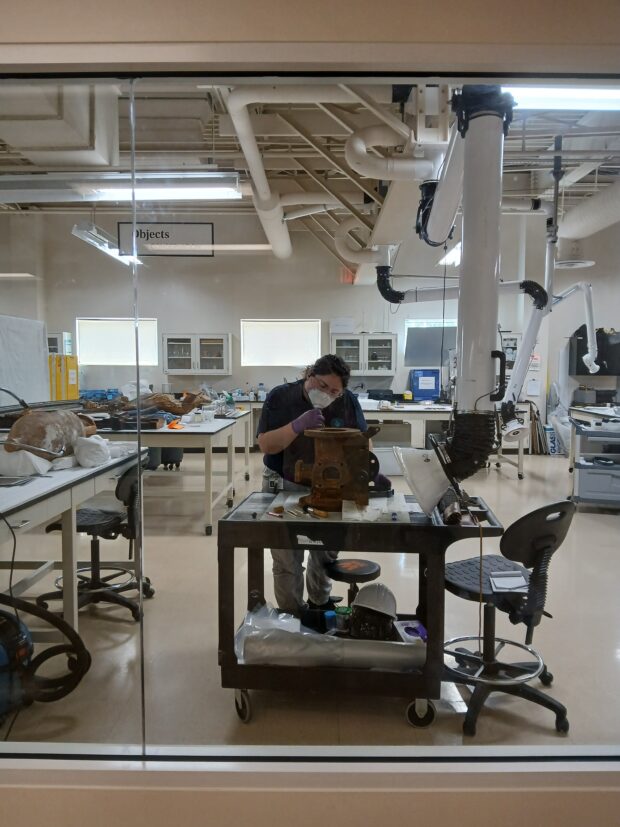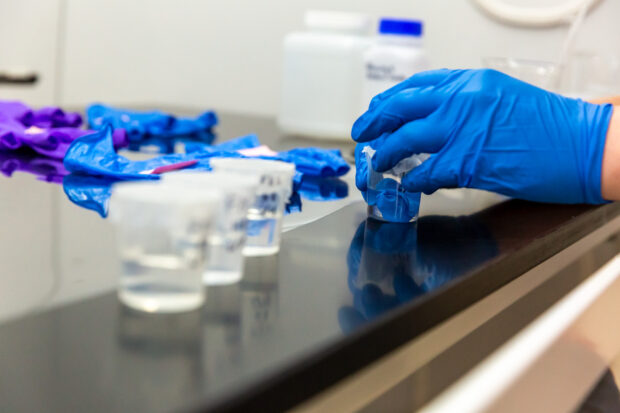Preserving These Historical Records of our Shared Maritime Heritage
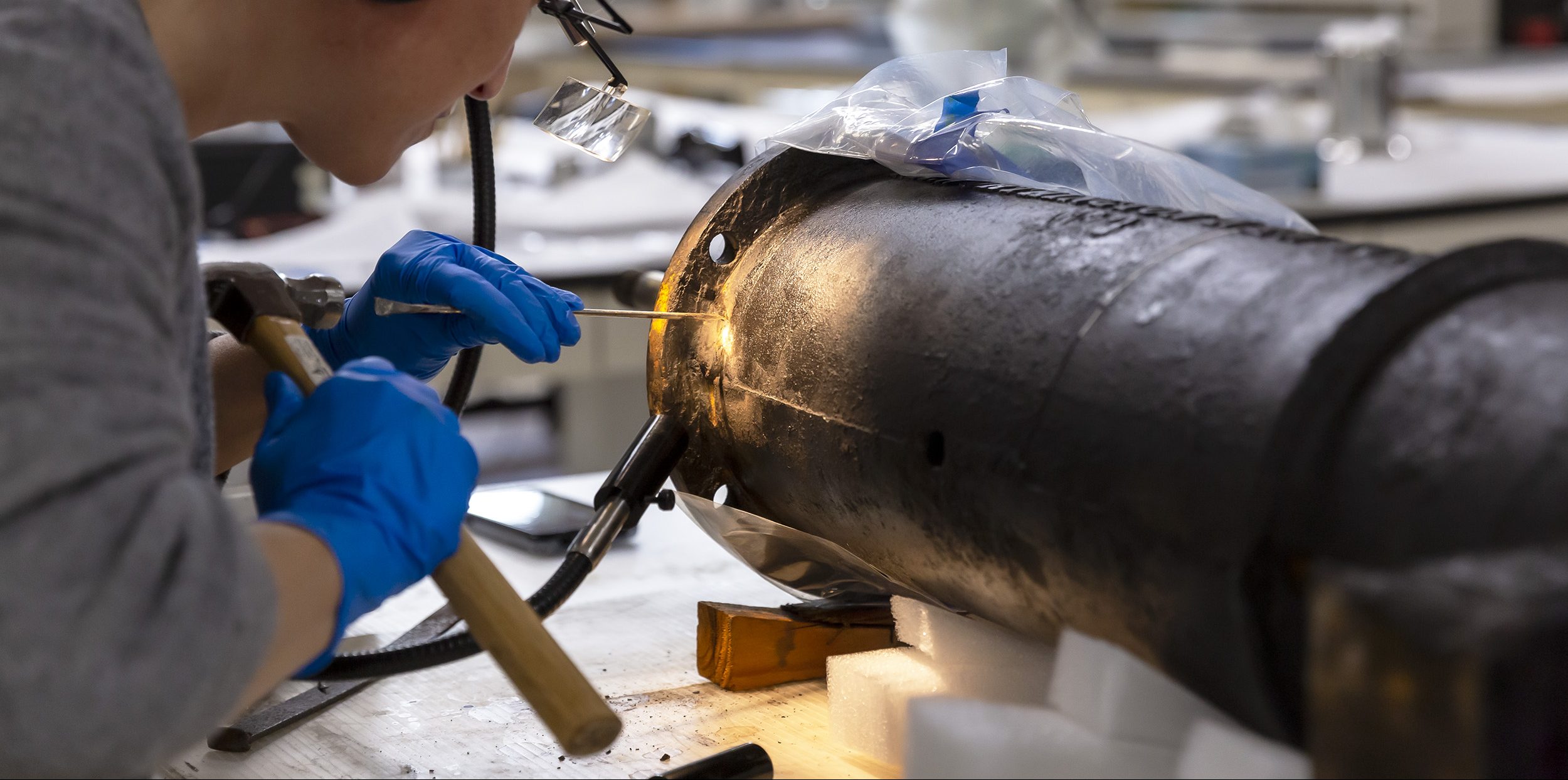
Cultural Heritage Conservation focuses on the preservation of physical objects from human history, ensuring that the stories, concepts, and traditions associated with them will live on so that future generations can continue to learn from them.
From ships to books, furniture, garments, and artwork, the Conservation team within the Batten Conservation Complex is dedicated to examining, documenting, treating, and preserving these historical records of our shared maritime heritage.
Five areas of Conservation:
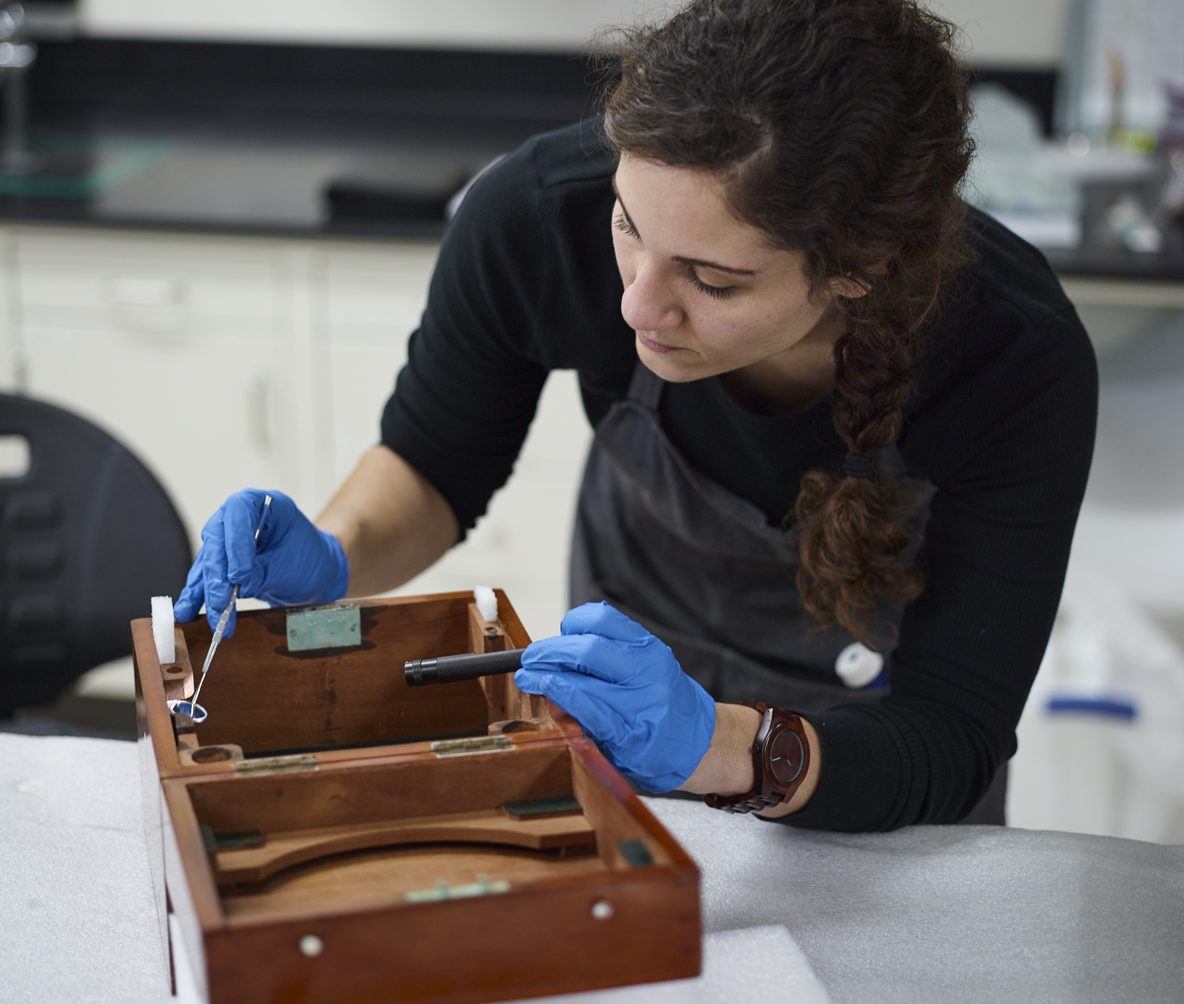
Object Conservation
Object conservation is the preservation of 3-dimensional works of art and items with decorative and functional purposes. Objects that we preserve in The Mariners’ Museum Collection can be from any time in human history and any place on earth. They can be made of various materials from cloth to plastic to metal. Conservators at the Museum have treated objects as small as the needles in a Sail Maker’s Sewing Kit up to monumental outdoor stone statues like Conquering the Wild. Object conservators also treat full-sized watercraft like La Isabel, one of the first boats in the Museum’s Collection.
Object Conservation Highlights:
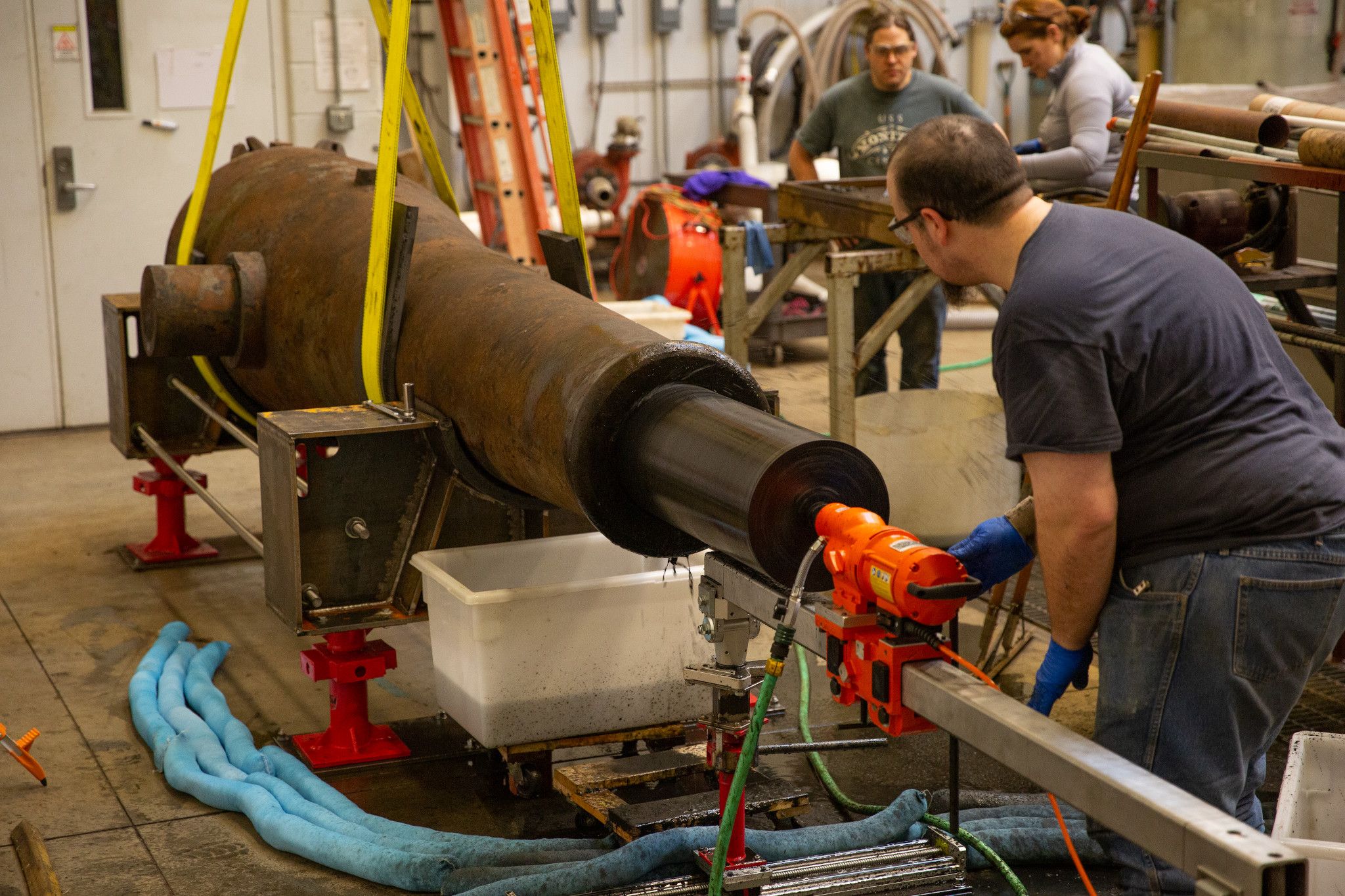
Archaeological Conservation
Archaeological conservation is the preservation of objects that were discovered through archaeological excavation. The collection of maritime-related archaeological artifacts at The Mariners’ Museum is diverse. Objects conserved in the laboratory date from the Greco-Roman period up through the American Civil War. Much of the laboratory’s conservation work focuses on artifacts and portions of the recovered vessels from the shipwrecks of USS Monitor, the US Navy’s first ironclad, and Princess Carolina, the earliest surviving colonial North American-built ship. In addition, conservators also treat artifacts associated with maritime-related historical events, such as guns from the Battle of Yorktown.
Archaeological Conservation Highlights:
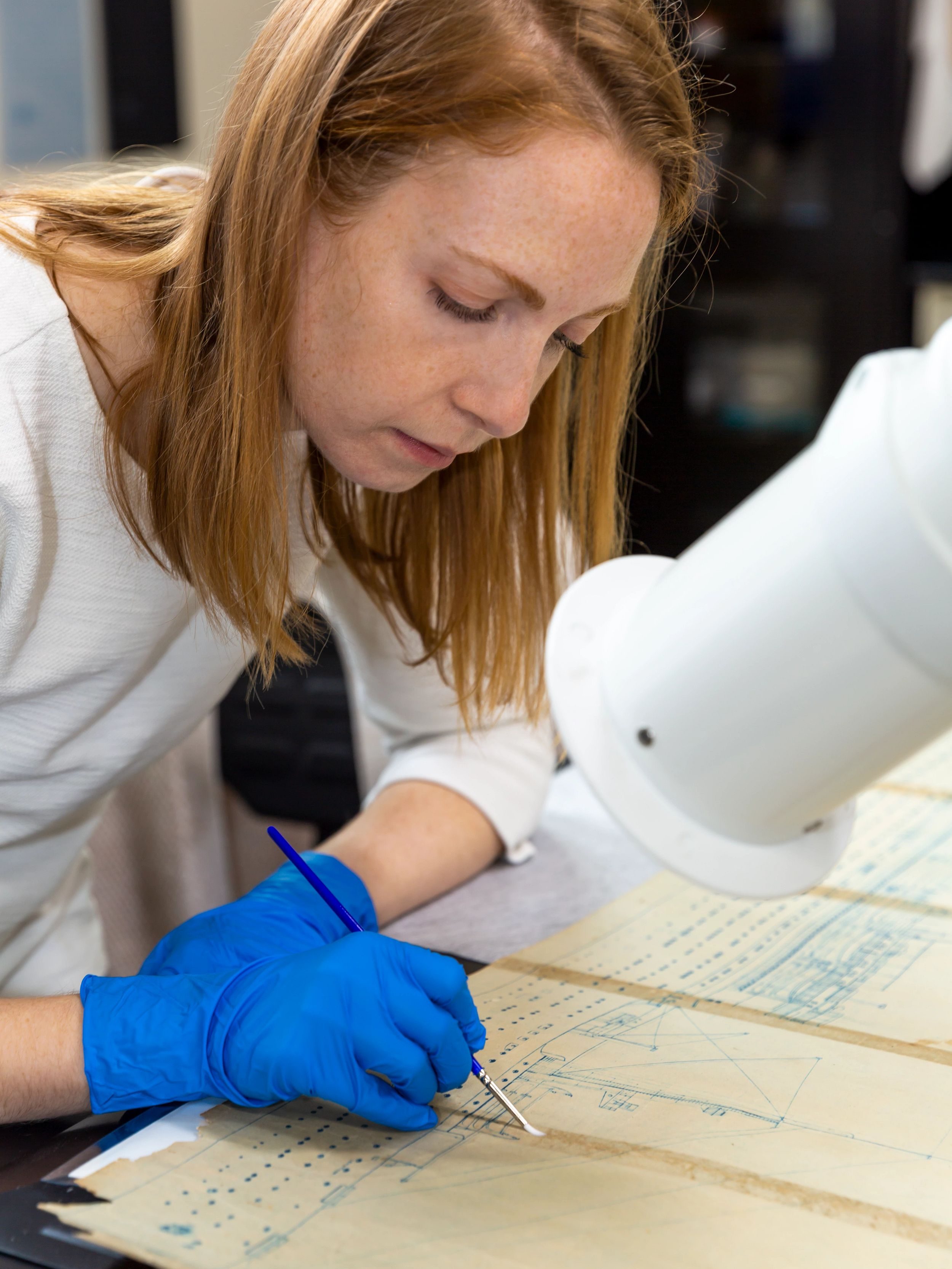
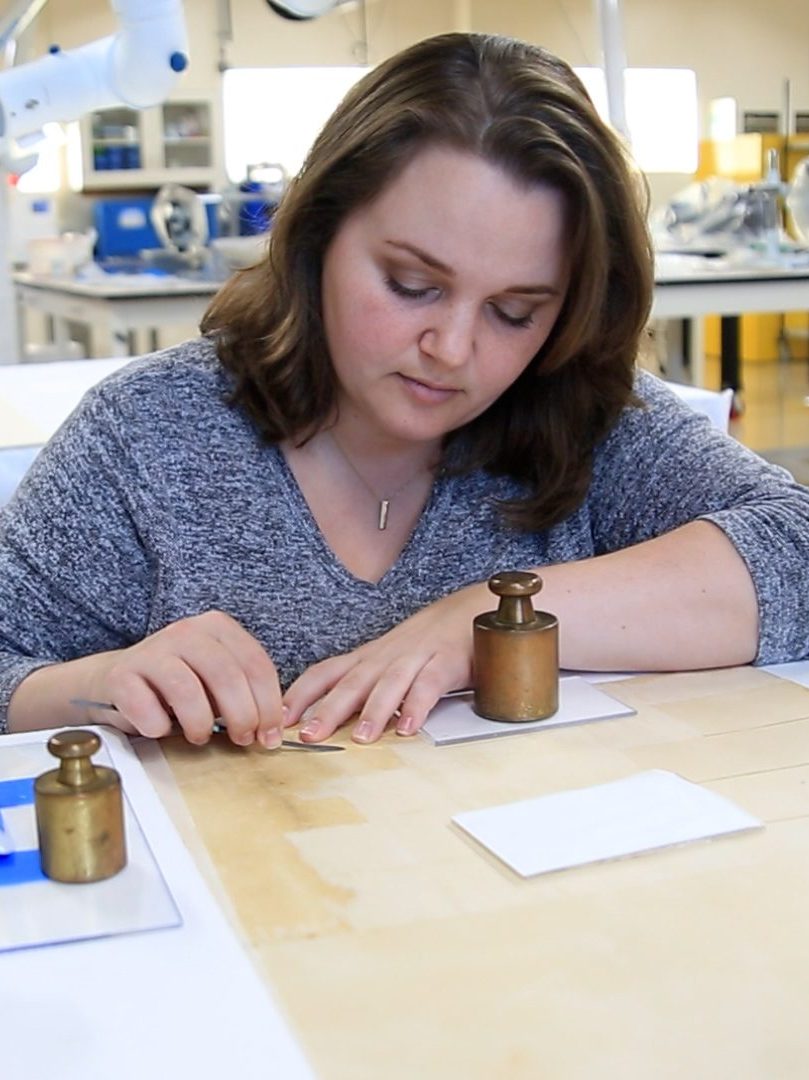
Book and Paper
Book and paper conservation involves the preservation of paper-based items and works of art. From The Mariners’ Museum’s Collection of maritime-related prints, drawings, and watercolors to the world-renowned Library and Archives, these objects give us recorded accounts of historical events and experiences while providing glimpses of humanity’s creativity and artistic expression.
Conservators within the Clean Lab work to preserve this wealth of cultural heritage, like the recently treated Samuel Hartt Pook Papers Album and The Myriopticon, a panoramic scrolling toy theater, as well as an artistic depiction of a battle between wildlife and man preserved through treatment of a 17th-century Dutch print from our Collection.
Book and Paper Highlights:
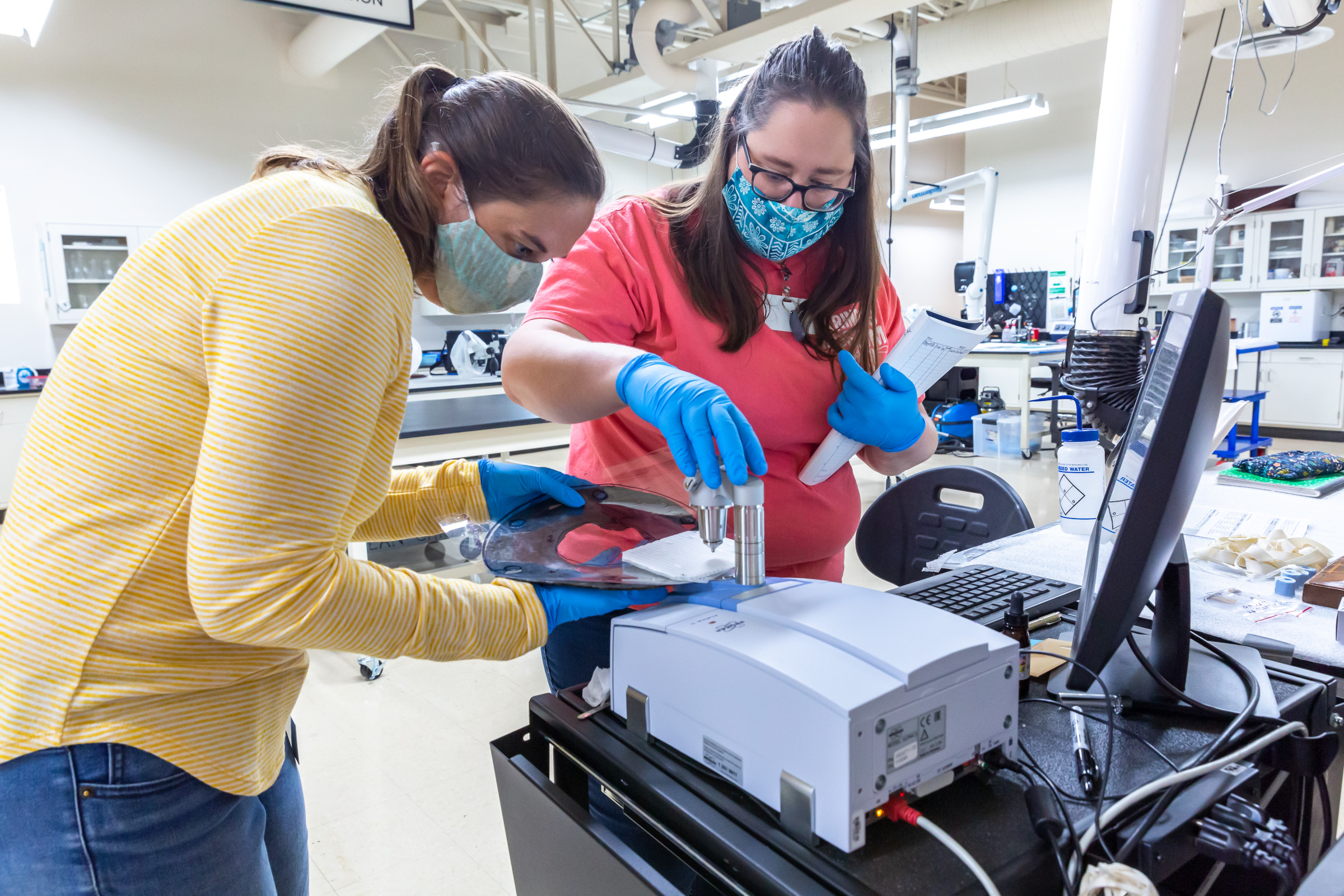
Conservation Science Research
Integral to all disciplines of Cultural Heritage Conservation is Conservation Science. The research scientist working within the Batten Conservation Complex’s laboratories utilizes various scientific and analytic techniques to determine what materials make up the objects in the Museum’s Collection. Characterizing the materials present helps us preserve these objects and improves our historical understanding by providing insight into how they were made and used and how they have deteriorated over time. Researching current treatment methods, adapting methods to suit the needs of individual objects, and creating new techniques for treatment and stabilization are all pivotal to conservation. Scientific analyses have been conducted on many objects in the Collection, from analyzing a pocket knife to characterizing medicines from a historic medical chest. The Mariners’ research scientist also works on the Museum’s Living Collection, monitoring the health of Mariners’ Lake.
Conservation Science Highlights:
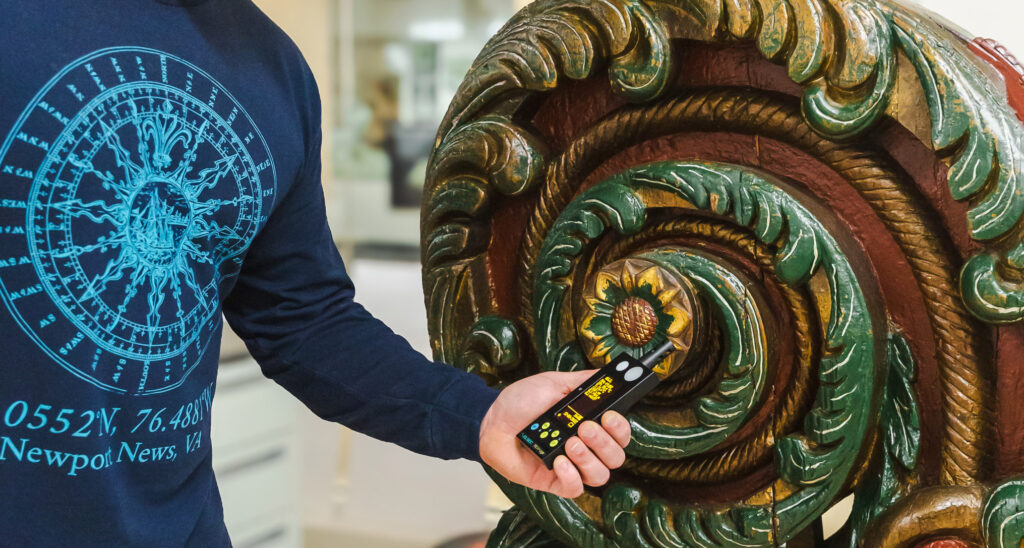
Preventive Conservation
Preventive conservation is fundamental to all aspects of Cultural Heritage Conservation. It is the mitigation of deterioration, risk, and damage to cultural property through the creation and implementation of policies and procedures. The Preventive Conservation Program at The Mariners’ Museum and Park works across multiple disciplines and departments to minimize and slow the rate of deterioration and to prevent damage to the Collection.
This video will show how to properly handle cultural heritage collections. Proper handling of artifacts is integral to their preservation and is a preventive measure to reduce the risk of physical damage.
Current Conservation Blog Posts
Want to know more?
Here are some external resources for you.
How can I care for and learn the value of my own objects?


